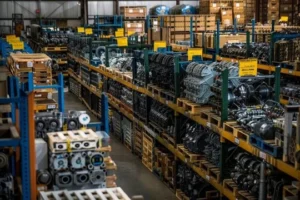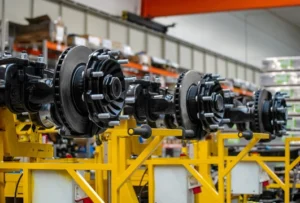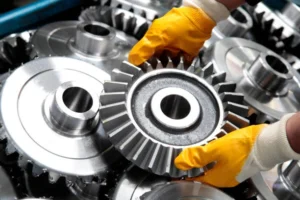As the industrial sector evolves rapidly, companies involved in industrial equipment supply must stay ahead of emerging trends to remain competitive and meet the demands of global markets. The year 2025 promises exciting advancements in technology, sourcing strategies, and logistics—shaping the future of machinery and components import, industrial sourcing solutions, and factory equipment delivery.
1. Digital Transformation and Industry 4.0 Integration
Digital technologies are revolutionizing industrial supply chains. Advanced automation components supply, IoT-enabled machinery, and smart logistics platforms are becoming standard. Industrial supply companies are leveraging digital twins, AI-powered inventory management, and blockchain for transparent, secure procurement processes. These technologies enhance traceability and improve decision-making, reducing lead times and boosting efficiency.
2. Growing Importance of Sustainable and Green Solutions
Sustainability is becoming a key factor in equipment procurement services. Companies increasingly prioritize energy-efficient machinery, eco-friendly manufacturing processes, and recyclable components. Industrial suppliers are expanding their product ranges to include green-certified equipment, aligning with global environmental standards and customer demand for sustainable solutions.
3. Expansion of Global Industrial Logistics Networks
As supply chains become more complex, global industrial logistics providers are investing in expanded networks, multimodal transport options, and localized warehousing. This enables faster, more flexible factory equipment delivery and reduces disruptions caused by geopolitical or environmental challenges. Strategic hubs in Europe, Asia, and the Americas facilitate smoother cross-border transactions and inventory management.
4. Enhanced Customization and OEM Collaboration
Customization is no longer a luxury but a necessity in industrial sourcing solutions. B2B industrial supply companies are partnering closely with OEMs and clients to co-develop bespoke modules, control systems, and robotic tooling tailored to specific production needs. This collaboration accelerates innovation and ensures compliance with evolving industry standards.
5. Emphasis on Obsolete and Legacy Parts Sourcing
With many industrial facilities operating legacy machinery, the demand for obsolete and discontinued parts remains high. Specialized sourcing from Asia to Europe and beyond will grow, supported by certified surplus networks and advanced testing labs. This trend helps companies extend the lifespan of their equipment, saving costs and avoiding costly retrofits.
6. Increased Focus on Risk Mitigation and Supply Chain Resilience
Recent global disruptions have highlighted the importance of resilient supply chains. Industrial equipment supply companies are adopting risk mitigation strategies such as diversified sourcing, real-time shipment tracking, and predictive analytics. These measures help anticipate potential delays, manage customs challenges, and maintain on-time delivery rates, ensuring uninterrupted production.
Conclusion
The future of industrial equipment supply in 2025 will be shaped by digital innovation, sustainability, global logistics optimization, and customer-centric customization. Staying abreast of these trends is essential for businesses seeking reliable sourcing and efficient machinery import services. By partnering with forward-thinking B2B industrial supply companies, manufacturers can future-proof their operations and thrive in a dynamic global market.


